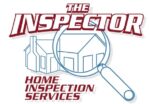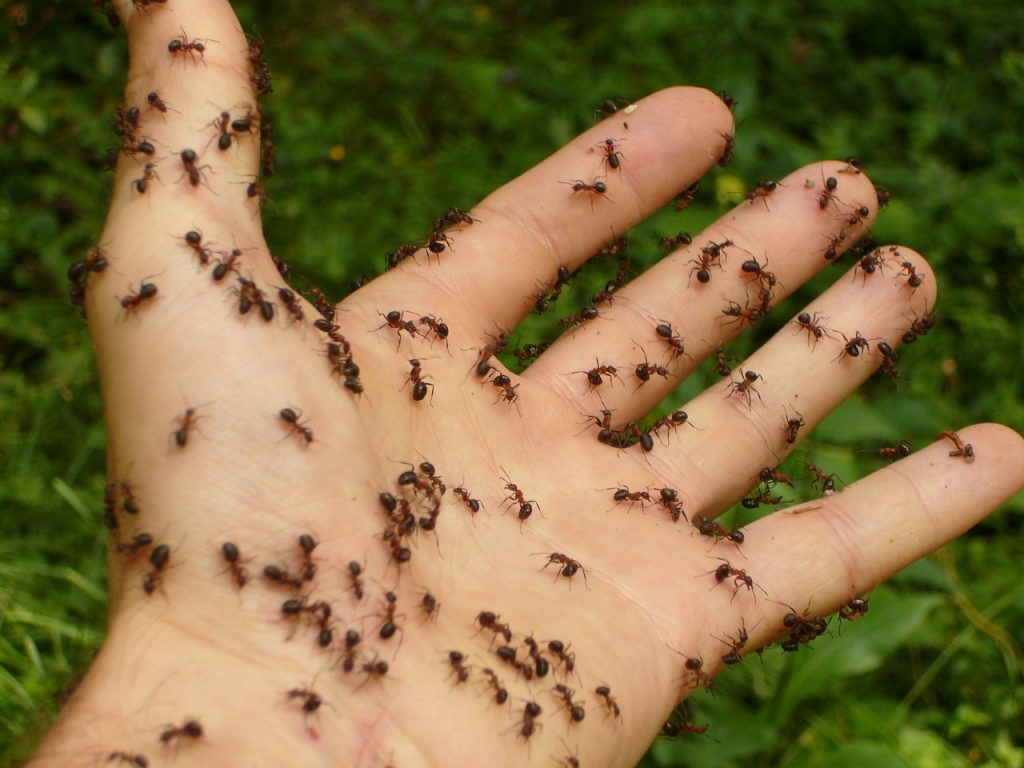PEST INSPECTIONS:
Also called a termite inspection, this visual inspection is conducted by a state-licensed professional hired to look for signs of infestation or damage to a structure by wood-destroying pests.
Pest inspectors look for:
– Wood-destroying pests, such as termites, rot fungus and wood-infesting beetles.
– Evidence of pest activity, such as damaged wood, dead insects, and termite tubes.
– Conducive conditions for pests, such as standing water, earth-to-wood contact, and plumbing leaks.
The inspector will visually inspect accessible areas inside a home (including crawl spaces excluding the attic) and the exterior of the property. In areas where drywood termites are prevalent and in houses where there are no subfloor crawlspaces, the attic is also inspected.
The average termite inspection takes about an hour. Findings are recorded on a pest control inspection report (WDO Report).
All reports are bid with repair costs. In order to schedule repairs, we must first receive the agreement found in the report.
PEST CONTROL:
We provide a full treatment of a property with the exception of treating the attic. Our chemicals have an approximate life-span of 2 1/2 to 3 months, therefore, reapplying the treatment products at least every 2 months (Bi-Monthly) is necessary to prevent pest populations from becoming re-established. Unlike many pest control companies who treat only around door and window seams, or who spread granular insecticides that need water in order to be activated, Pentecost will power-spray liquid chemicals completely around the perimeter of your home – getting under shrubs, onto eaves and into rain gutters, where insects thrive. We also complete a full de-webbing of the property at each service. Our chemicals are not dangerous, but we do ask that our clients leave the property for 2 hours after treatment due to letting the chemical dry to take its full effect.
Tips for preparing for the pest inspection:
In order to provide you with a complete inspection and save you time and money, below
you will find a few things you can do to prepare for your inspection!!
? Make sure utilities are turned on: water and electricity
? Remove any storage beneath the sink and in the kitchen and bathrooms
? Make sure all rooms are accessible
? Remove any storage along the perimeter of the garage – approx. 2 feet
? Remove any storage within 2 feet of the exterior of the house
? Trim back any bushes or ground cover that conceals the walls or
foundation
? If your home is built on a raised foundation, the inspector will go under the house. Be sure to know
where the access is located as well as not to have it blocked by any storage.

